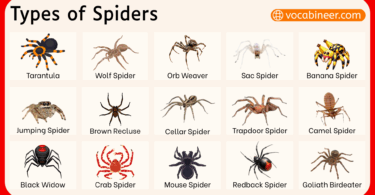Crawling animals are animals that move close to the ground by using their legs, muscles, or bodies without flying or walking upright. These animals include insects, reptiles, amphibians, and sea creatures that use crawling, creeping, or slithering to move. Learning the crawling animals name in English with pictures helps you understand, identify, and recognize these animals and how they move. This topic is designed to help you quickly know about these ground-moving animals.
In This Page
What Are Crawling Animals?
Crawling animals are animals that move close to the ground by dragging their bodies or using short legs. They don’t lift their bodies high while moving. Instead, they stay low and move slowly or steadily across surfaces like soil, walls, or underwater rocks.
These animals use different methods to crawl:
- Legs (like spiders, ants, and crabs)
- Belly muscles (like snakes and lizards)
- Foot or body waves (like snails and earthworms)
Crawling Animals Examples
Here are some common crawling animals:
- Snail — slides using a muscular foot
- Caterpillar — crawls using soft legs and body waves
- Spider — uses eight legs to crawl on surfaces
- Lizard — uses short legs and belly to crawl
- Crab — crawls sideways using legs
Common Crawling Animals Name and their Pictures
Worm
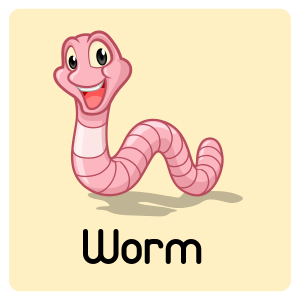
Turtle

Toad
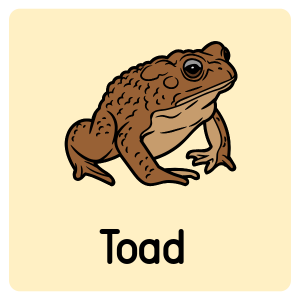
Salamander
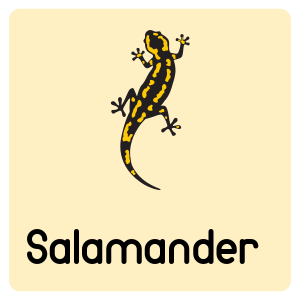
Snake
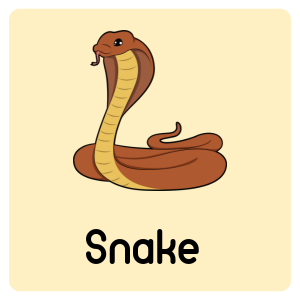
Snail
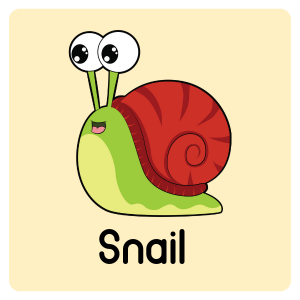
Octopus
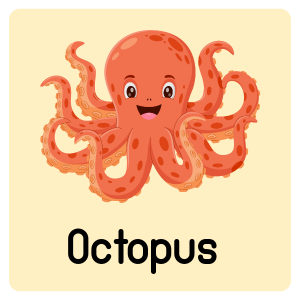
Starfish

Beetle
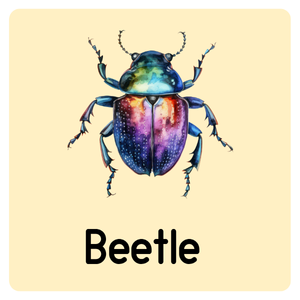
Caterpillar
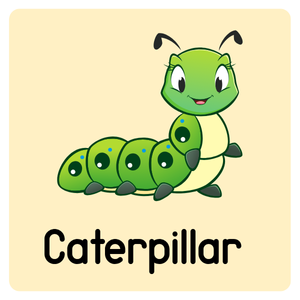
Chameleon
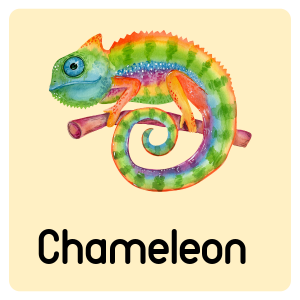
Centipede
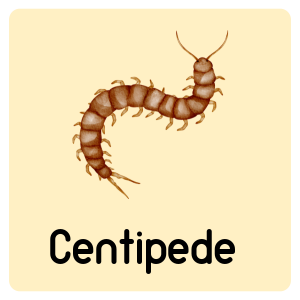
Cockroach
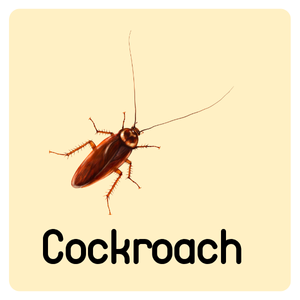
Earwig
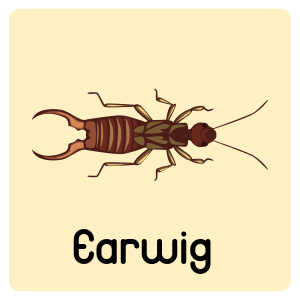
Crab
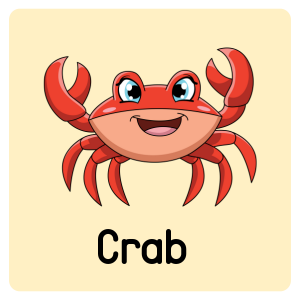
Frog
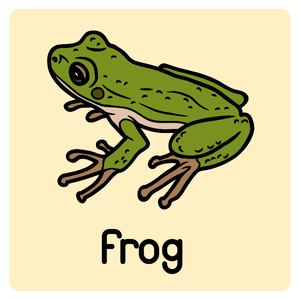
Lizard

Gecko
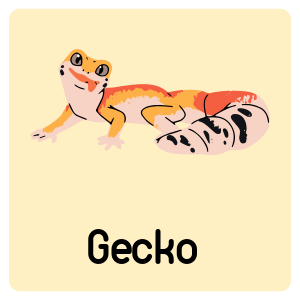
Monitor Lizard
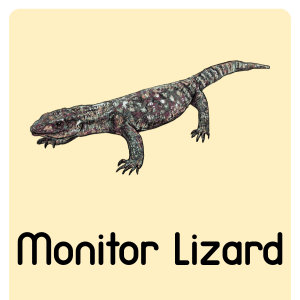
List of Crawling Animals Name in English with Pictures
Crawling animals move close to the ground using legs, bodies, or other limbs. Below is a list of common crawling animals with short descriptions to help you recognize them easily.
Common Crawling Animals
- Snail – A slow-moving animal with a spiral shell and slimy body.
- Worm – A soft, legless creature that crawls through soil.
- Lizard – A scaly reptile that crawls quickly using four legs.
- Turtle – A crawling animal with a hard shell on its back.
- Crab – A sea creature that walks sideways using jointed legs.
- Frog – A hopping animal that also crawls slowly on land and water.
Insects That Crawl
- Ant – Tiny insects that crawl in lines and work in groups.
- Beetle – Hard-bodied insects that crawl on land and plants.
- Caterpillar – A fuzzy, slow-moving insect larva with many legs.
- Cockroach – A fast, brown insect often found indoors.
- Centipede – A long insect with many legs that crawls quickly.
- Earwig – Small crawling insect with pincers at the back.
Reptiles That Crawl
- Snake – A legless reptile that slithers on its belly.
- Gecko – A small lizard that crawls on walls and ceilings.
- Monitor Lizard – A large, strong reptile that moves close to the ground.
- Chameleon – A color-changing reptile that crawls slowly on trees.
Amphibians That Crawl
- Salamander – A moist-skinned creature that crawls in wet areas.
- Toad – A land-dwelling amphibian with dry, bumpy skin.
Sea Creatures That Crawl
- Starfish – A sea animal that crawls using tube-like feet.
- Octopus – A soft-bodied sea creature that crawls with arms.
- Sea Cucumber – A slow-moving ocean animal with soft skin.
- Lobster – A hard-shelled sea animal that crawls using claws and legs.
- Hermit Crab – A crab that uses a shell for protection while crawling.
Land Crawling Animals
- Millipede – A long insect with many legs that moves in a wave-like motion.
- Slug – A soft, slimy animal like a snail but without a shell.
- Scorpion – A desert crawler with a stinger tail and pincers.
- Tortoise – A land animal with a hard shell that moves slowly.
Rare or Unusual Crawling Creatures
- Leech – A soft-bodied animal that crawls in water or moist places.
- Velvet Worm – A rare, slow-moving worm-like creature with legs.
- Nudibranch – A colorful sea slug that crawls on coral reefs.
- Mole – A small, blind mammal that crawls underground.
- Larva (Fly/Bee) – The baby form of many insects that crawls before turning into adults.
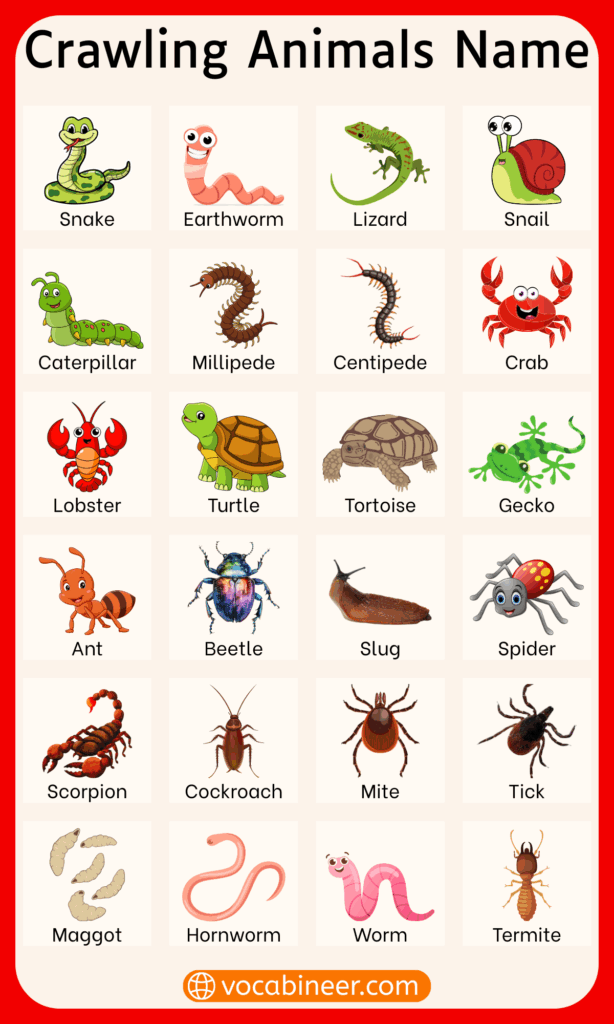
Difference Between Crawling and Creeping Animals
While crawling and creeping are often used interchangeably, they describe slightly different types of movement. Here’s how they differ, especially for learners:
Crawling Animals
- Definition: Animals that move close to the ground using limbs, body muscles, or body waves.
- Movement: Can be fast or slow, usually broader and more varied in motion.
- Examples:
- Lizard — crawls using legs and belly
- Spider — crawls with eight legs
- Caterpillar — crawls with many small legs
- Snake — crawls by slithering
- Crab — crawls sideways using legs
Creeping Animals
- Definition: A specific kind of crawling — very slow, quiet, and close to the ground.
- Movement: Usually slow, careful, and smooth, sometimes for hiding or sneaking.
- Examples:
- Snail — creeps slowly using a muscular foot
- Earthworm — creeps through soil using body segments
- Slug — creeps with a soft, slimy body
- Inchworm — creeps by arching its body
- Leech — creeps with suction-like movement
Crawling Animals Chart with Names
Below is a chart of crawling animals for quick reference.
| Animal Name | Type | Crawling Method |
|---|---|---|
| Snail | Mollusk | Muscular foot |
| Ant | Insect | Legs |
| Lizard | Reptile | Legs and belly |
| Crab | Crustacean | Legs, sideways walk |
| Caterpillar | Insect Larva | Prolegs and body waves |
| Earthworm | Annelid | Body segments |
| Gecko | Reptile | Sticky toe pads |
| Spider | Arachnid | Eight legs |
| Starfish | Echinoderm | Tube feet |
| Octopus | Mollusk | Tentacles and body |
FAQs About Crawling Animals in English
Some common crawling animals are snail, ant, lizard, caterpillar, crab, and spider.
Crawling animals move close to the ground and use body parts like legs, muscles, or body waves to crawl.
Yes. Snail, ant, spider, lizard, crab, caterpillar, earthworm, gecko, millipede, and starfish are examples.
Creeping is a slow, stealthy form of crawling. All creeping is crawling, but not all crawling is creeping.
Yes, a snake crawls using slithering body waves.
Yes, many insects like ants and cockroaches crawl on surfaces.
Most reptiles crawl, but some may swim or climb too.
Read More



